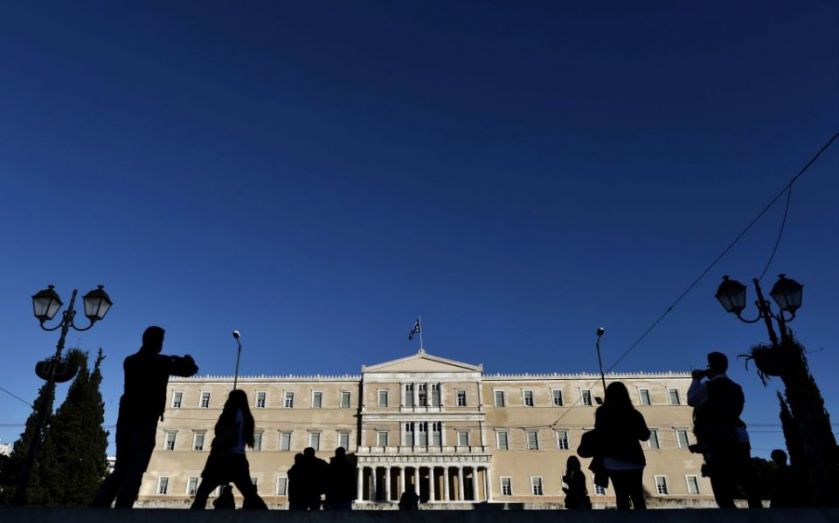Eurozone money printing policy expected this week

European officials are expected to announce the start of full on quantitative easing (QE) this Thursday.
QE involves buying large amounts of typically sovereign assets with newly created bank reserves – cash that banks keep at the central bank.
It is hoped that QE will reignite the stagnant Eurozone economy and bring inflation closer to its target of near to, but below, two per cent.
Eurozone annual inflation dropped to minus 0.2 per cent in December, according to official figures. Meanwhile, European Central Bank (ECB) chief Mario Draghi reportedly briefed German chancellor Angela Merkel on the ECB’s plans on 14 January, according to German magazine Spiegel.
Draghi’s fellow ECB official Benoit Coeure said the ECB was looking at how QE worked in other countries.
“We will take the American and British experiences into account in order to determine the amount of debt to buy so as to reestablish confidence and bring inflation back to a level close to and lower than two per cent,” Coeure told French newspaper Liberation. Uncertainties remain over what ECB QE will look like.
“It seems to be almost a foregone conclusion that the ECB will this month widen its asset purchase remit to combat the deflationary forces raging in the euro area. The question is what exactly is in store,” said James Ashley, chief economist at RBC capital markets.
Doubts remain over the size of the policy with markets generally expecting a size of €500bn (£381bn). It is also not known which nations’ debt will be bought, the maturity of the debt, whether corporate debt will be bought and how much risk will be taken. The launch of QE could even be delayed until after Greece’s general election on 25 January.
It is also believed that QE will contain some caveats to appease German officials. One such caveat is that each country’s own central bank will assume the risk of its own country’s debt. This means that Germany will not have to worry about holding risky Greek debt.